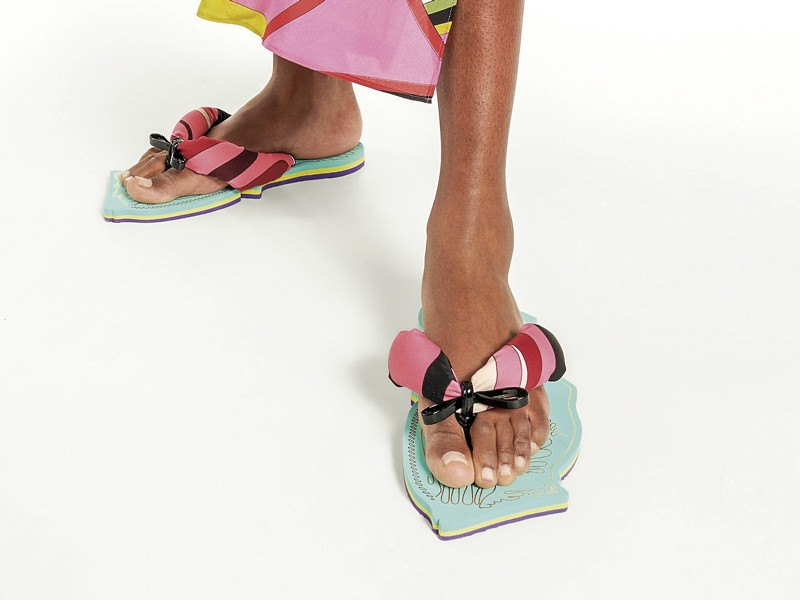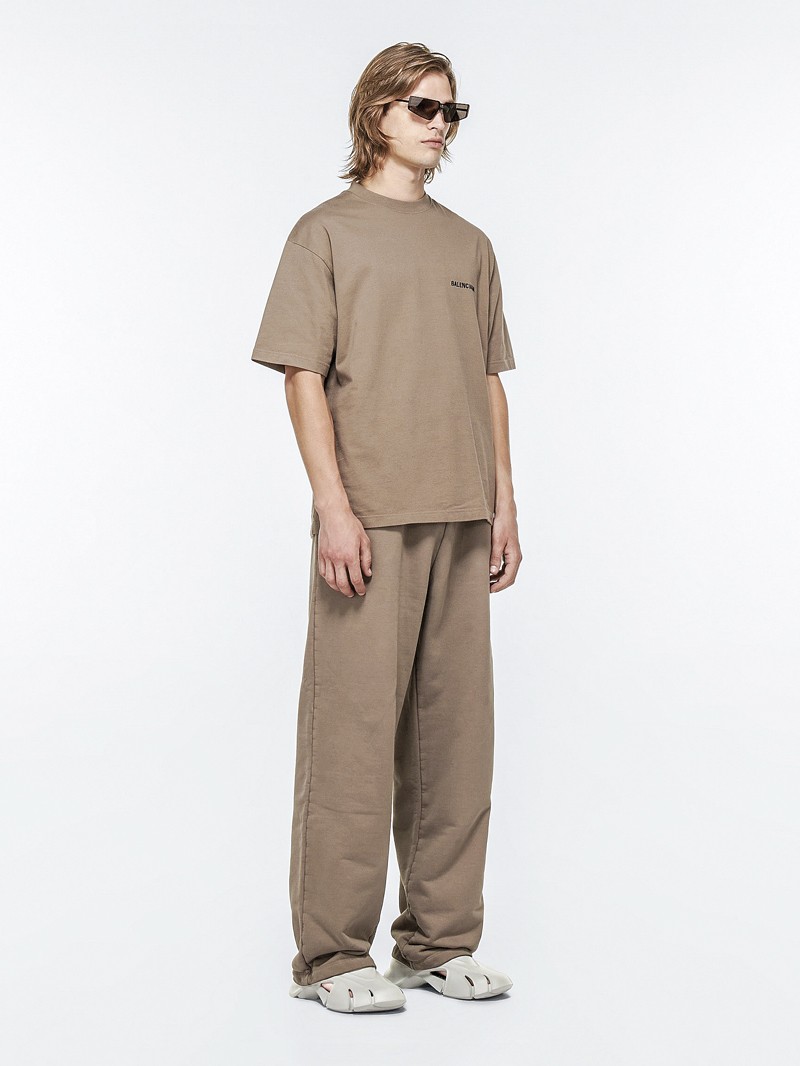


Open design is expressed through slides, sandals, clogs, and mules, preferably in a minimalist style that prioritizes comfort and functionality. The soles alternate between thin soles, flats, and platforms of different thicknesses and volumes. Cross straps, thin and wide straps -both flat and padded- ropes, and nets compose a wide variety of uppers, where color treatment is fundamental. In this regard, the trend for monochromatic products is solidifying.
New aesthetic developments extend the lifespan of sneakers, which emerge as the top choices for versatility and comfort. There are different versions, including classic, hybrid, and retro-futuristic styles. One-piece injected footwear productions impose simplified industrial design. Closed models like ballerinas and moccasins are renewed in terms of materials and colors, while women's footwear with heels and platforms adds more prominence and elegance. The former adopts stylized forms or even blocky shapes, while platforms exhibit more sculpted and structured volumes.

The increased incorporation of textile and synthetic materials -both classic and technological- in footwear is enhanced by new prints, colors, and textures, which elevate their visual and tactile richness. Apart from smooth and engraved leathers- reptile patterns, embossing, geometric weaves, etc.- there is a diverse range of perforated, openwork, and interwoven designs. Matte and semi-matte finishes predominate. In textiles, alongside canvases, denim, and gabardines, there is a preference for open weaves such as nets, "intrecciato", tulle, and crochets. With a greater technological contribution, mesh knitted fabric, ripstop, elastane, and neoprene are offered. Textile materials have expanded their aesthetic possibilities through new printing, finishing, stamping, dyeing, and sublimation techniques that achieve personalized results with high fashion value. The most frequently used patterns include florals, botanicals, and nature-inspired designs in general, along with stripes, geometrics, and three-dimensional motifs, offering options in abstract and diffuse themes. For artisanal products, raffia, burlap, and jute have gained presence in footwear and manufactured goods, thanks to new color developments that go beyond their original hues.





Color in footwear, as in the rest of attire, assumes a prominent role through purer, more optimistic, vital, and natural shades, as an alternative to a long tradition of blacks and browns. Beyond their visual and aesthetic value, colors reflect emotional content that stimulates greater joy and serenity in the collective unconscious. Hence, the chromatic palette draws from nature to extract the most original and essential tones, starting from the basic red, blue, and yellow. Thus, for fashion, magenta, orange, vermilion, bright green, electric blue, white, chrome yellow, and violet are among the favorites. Fluorescent versions intensify their luminosity, while pastel variations create soft, delicate, and serene nuances. Within this range, there are pinks, light blue, aqua green, sulfur, lilac, beiges, and grays. The coexistence of pigments creates unique shades of pistachio green, olive, terracotta, and creamy beige. Whites, applied intensely in monochromatic fashion, and blacks, serve as organizers of the designs.

